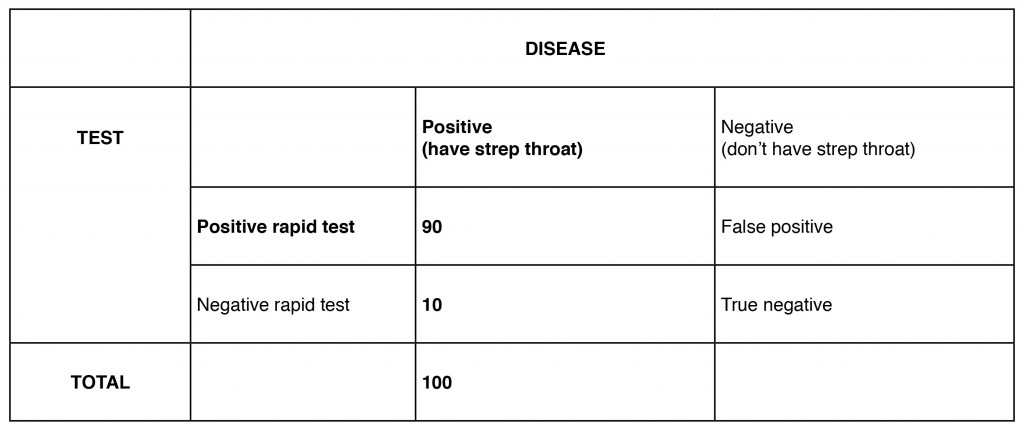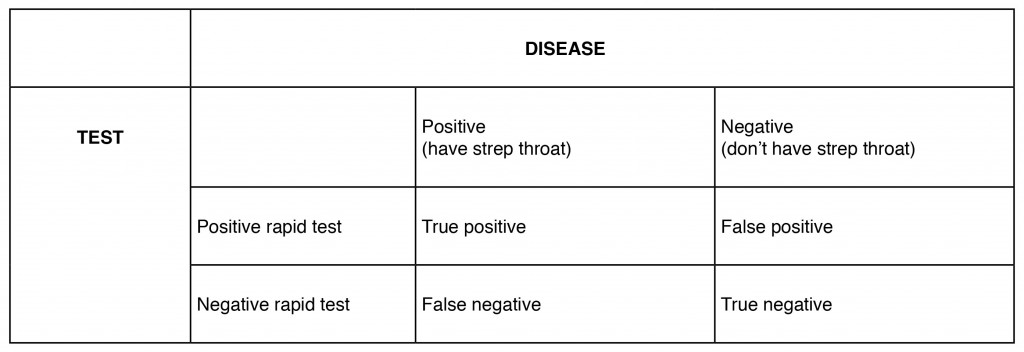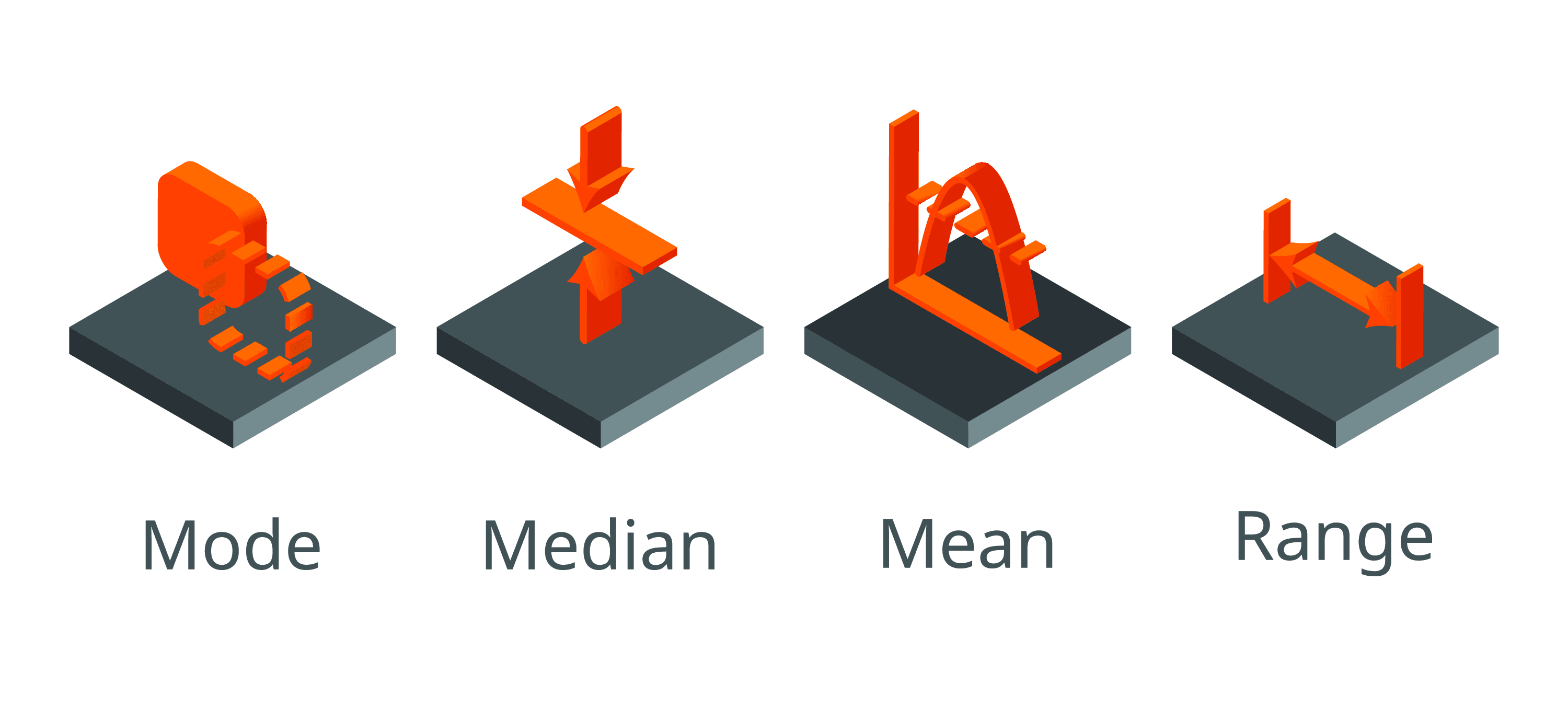A sensitive badge of honor, part 1: sensitivity in pre-test probabilities
Posted on 2nd April 2014 by

To set the scene
Imagine your favourite crime drama. A police car stops at the edge of the crime scene, walled off by yellow “caution” tape. Out of the car steps our heroic gumshoe, with his sharp brimmed hat, aviator shades in place, and a uniform jacket displaying his district number and two distinct badges. They say “sensitivity” and “specificity”, and he wears them with pride. Now, to crack the case.
We can use this Hollywood image as a great way to illustrate the technical definition of sensitivity. Sensitivity and specificity are “pre-test” probabilities. This loosely means that both are statistical measures of a test’s ability to decipher between what is true and what is false, and this ability is inherent to the test itself, and exists before the test is put to use in the field. That is, the statistic of sensitivity is attached to a test wherever it is used and defined for a test itself, for that test only.
Just like the badge on the officer’s uniform
Let’s say that “a test” is like our officer. He’s ready to be called to the scene of a crime at a moment’s notice, and his job there is to determine what happened and what didn’t happen. Moreover, our officer has been trained in a certain way to help him develop the skills necessary to determine what happened and what didn’t happen. We can say he went through “specificity” and “sensitivity” training and earned those respective badges, which he wears to every crime scene he visits. No matter what crime scene he’s called to, his badges are always with him.
Now what’s the crime?
Maybe it’s potential case of strep throat. And which sleuth do we call? Rapid strep test. If we look in the literature, it might state that “sensitivity for the streptococcal rapid antigen detection test ranges from 70 to 90%.” This means, no matter where and when we use the rapid strep test, it will have a 70 to 90% sensitivity, as a result of the way the test was manufactured and studied.
Breakdown the numbers
You’ve likely seen a chart similar to that displayed here:
Sensitivity, is the statistical measure that pertains to those who have illness; those who are positive for disease. Further, sensitivity is the statistical measure that tells us the number of people who are positive for a disease and test positive for that disease, compared to all the people who are positive for a disease. In other words, having a high sensitivity, means that the test is really good at catching those who actually have the disease.
Sensitivity = True Positive / [True Positive + False Negative]
Focus in
If the rapid strep test has a sensitivity of 90%, and was, for illustrative purposes, originally tested on 100 people, the table might look something like this:

The calculated sensitivity would be those who have strep throat and test positive with the rapid strep test (90) out of all of the people who have strep throat (100); (90/100) x 100 = 90%
But, remember, we haven’t even used the strep test yet on an actual patient. This number of 90% just tell us what to expect when we go to use it. It was given to us by those who developed the test and through clinical trials of the test. Like the officer who went through training.
Really it’s telling us, that if we were to use the rapid strep test on someone we think has strep throat, 90% of the time it will correctly identify strep throat, but 10% of the time it may “find strep” even if it is not truly there. And recall, like the officer’s badge, this specificity of 90% is inherent to the rapid strep test itself, to that brand of rapid strep test and that brand only, and follows the rapid strep test wherever it goes, whether it is used in a clinic in Toronto, Canada or London, England.
Now who’s the seasoned detective?
Further links:
For more on sensitivity and how we use this statistic clinically, see my next post.
For more on pre-test probabilities and post-test probabilities stay tuned for more.
Check out this great resources to help sharpen your statistical skills: Office of Medical Education Research & Development. College of Human Medicine — Michigan State University: http://omerad.msu.edu/ebm/index.html





No Comments on A sensitive badge of honor, part 1: sensitivity in pre-test probabilities